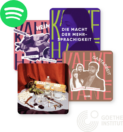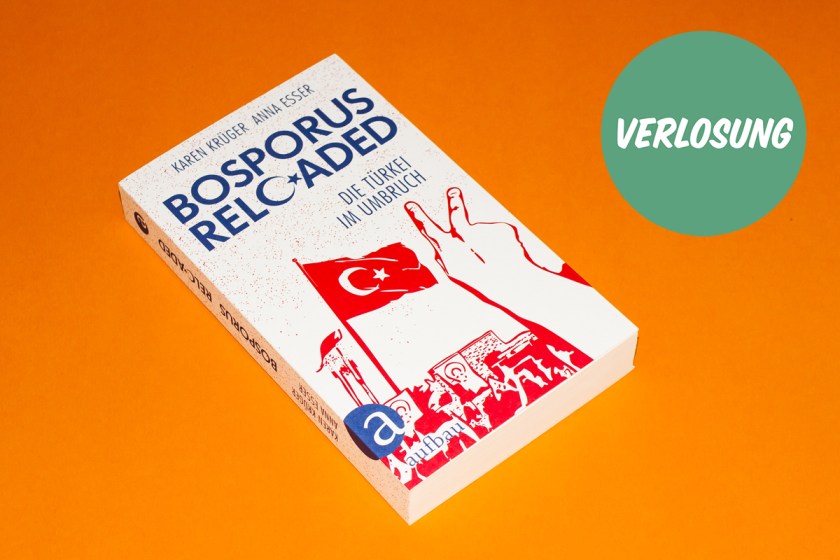By now, everyone and their mother knows that Turks don’t speak Arabic. And thanks to the many Turkish businesses in Germany, it is common knowledge that Turkish is written with the Latin alphabet, and not with the Arabic. However, that wasn’t always the case. How did Kaf and Jim come to be K (ك) and C (ج), and why do we shout çüş and notچوس ?
90 years ago today the Turkish alphabet celebrated its entrance to the world. On 9 August 1928, the new letters were presented to guests at a gala in Gülhane. Only a few months later, on 1 November, the so-called “Letter Revolution” was accepted and passed in parliament. Starting on 1 January 1929, the new letters were obligatory.

A symbolic act
During the Ottoman Empire, Turkish was written using Arabic letters. Although Arabic and Farsi loan words were easy to write and read in this way, the alphabet did not fit well with certain Turkish vowels and consonants. The symbol و, for example, was used for the current letters v, o, ö, u and ü. Nevertheless, the Arabic alphabet was used up into the Republic.
Back in 1862, Münif Pasha had advocated for a reform of the alphabet; this idea was shared by later Young Turks as well. It was only after the War of Independence and the founding of the Republic that a “Language Commission”, put together by Atatürk, came up with a new alphabet. On the one hand, the sounds in the Turkish language were to be represented, on the other, the young republic felt it important to turn its focus to the West. Turkey was to become a modern, secular state, and this goal needed a symbolic break with the Arab and Islamic world.
Obligatory: The new, Western alphabet
The Turkish alphabet has 29 symbolds, of which seven (Ç, Ş, Ğ, I, İ, Ö, Ü) are altered versions of their Latin originals. An especially confusing letter is the Turkish “C”, which is pronounced like “J” in “jar” (ex. Ceyda, Cem). The diacritic circumflex was also introduced for the vowels, a, i and u (â, î, û), which are referred to as vowels “with a hat” (tr. şapkalı). The “hats” signify a palatalisation or extension of the vowels. Nowadays, they are rarely written, and one only sees them in works that have a change in meaning depending on the circumflex, such as kar (en. snow) and kâr (en. profit).

Compared to the German alphabet, the letters Q, W, and X are missing, and were actually forbidden for a long time, as they are also part of the alphabets of Kurmanci Kurdish and Zazaki. The ban was lifted in 2013, and they are now sometimes seen in foreign words or names, including Kurdish names
Still a topic of debate
The “Letter Revolution” was and is not loved by all. Conservatives at the time did not want to break the connection to the Islamic world, and the alphabet reform was a large symbolic act. Even today, some bemoan that they cannot read letters or gravestones of relatives, saying “We became illiterate overnight” (tr.: Bir gecede cahil kaldık). Supporters of the reform note the literacy rate, which rose in the years after the reform, and say that the Arabic alphabet would have been too difficult to read.
Of course, most of the people in the Ottoman Empire were illiterate before the reform. Nevertheless, it was not the new alphabet, but the education reforms that led to the literacy rate increasing. At the end of the day, the reform was more significantly a part of the change in perspective from East to West, and the modernization efforts of the new Republic. Surely, the educational reforms together with the Arabic alphabet would have also led to increased literacy rates.
Either way, Ç and İ are now fundamental parts of the Turkish language, and it doesn’t look like that will change any time soon. So, Turkish Alphabet, Happy Birthday! Takdim günün kutlu olsun!





